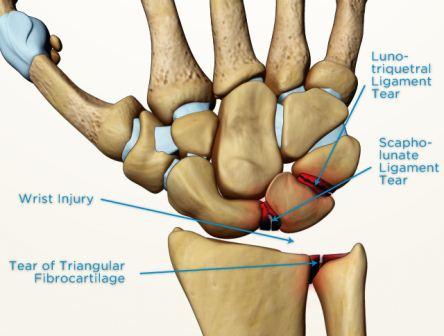

Wound to be checked, dressing changed, and sutures removed as necessary Splint to continue full-time except for hygiene reasons and when exercising A pillow can be used to prop-up the arm when seated or lying down įinger movement should begin early and regularly and unaffected joints – such as shoulder and elbow – should also continue to be moved to avoid stiffness.Ĭast to be removed 10-14 days post-operation Ī thermoplastic splint to be fabricated by a hand therapist This is particularly important in the first 5-7 days post-surgery. Kemble will review the wound and advise it is able to get wet.Īrm must be kept elevated at all times. A plastic bag tied above the elbow to prevent the arm from getting wet can be used during showering, or alternatively a one-handed bath can be taken. Keep all dressings/bandages intact and dry until the first post-operative appointment with Kemble or a hand therapist. Given the importance of the scapholunate ligament to wrist stability, it is vital it be protected during the healing process. Although originally advocated for the treatment of some forms of chronic scapholunate dislocations (>3 months old), dorsal capsulodesis can be useful to reinforce the scapholunate interosseous ligament repair in the subacute setting (>3 weeks old).Post-operative rehabilitation (developed in conjunction with Melbourne Hand Therapy) Therefore, all of these injuries require open reduction and internal fixation and repair of the scapholunate interosseous ligament. Although closed reduction is possible, maintaining an anatomical reduction is extremely difficult. The lunate is triangular instead of quadrangular in shape.

A scapholunate interval of >2 mm is seen on the PA x-ray (Terry Thomas sign). In the posterior-anterior (PA) projection, the carpus is foreshortened. A scapholunate angle of greater than 70 degrees on the lateral view is 1 accepted radiographic criterion for identifying an acute scapholunate dissociation. In a dorsal perilunate dislocation, the lateral radiograph shows the longitudinal axis of the capitate dorsal to the longitudinal axis of the radius and the proximal pole of the scaphoid rotated dorsally. Radiographs corroborate a gross disturbance of carpal relationships. The typical presentation of an acute scapholunate dislocation is swelling, pain, and deformity following acute trauma to the wrist.


 0 kommentar(er)
0 kommentar(er)
